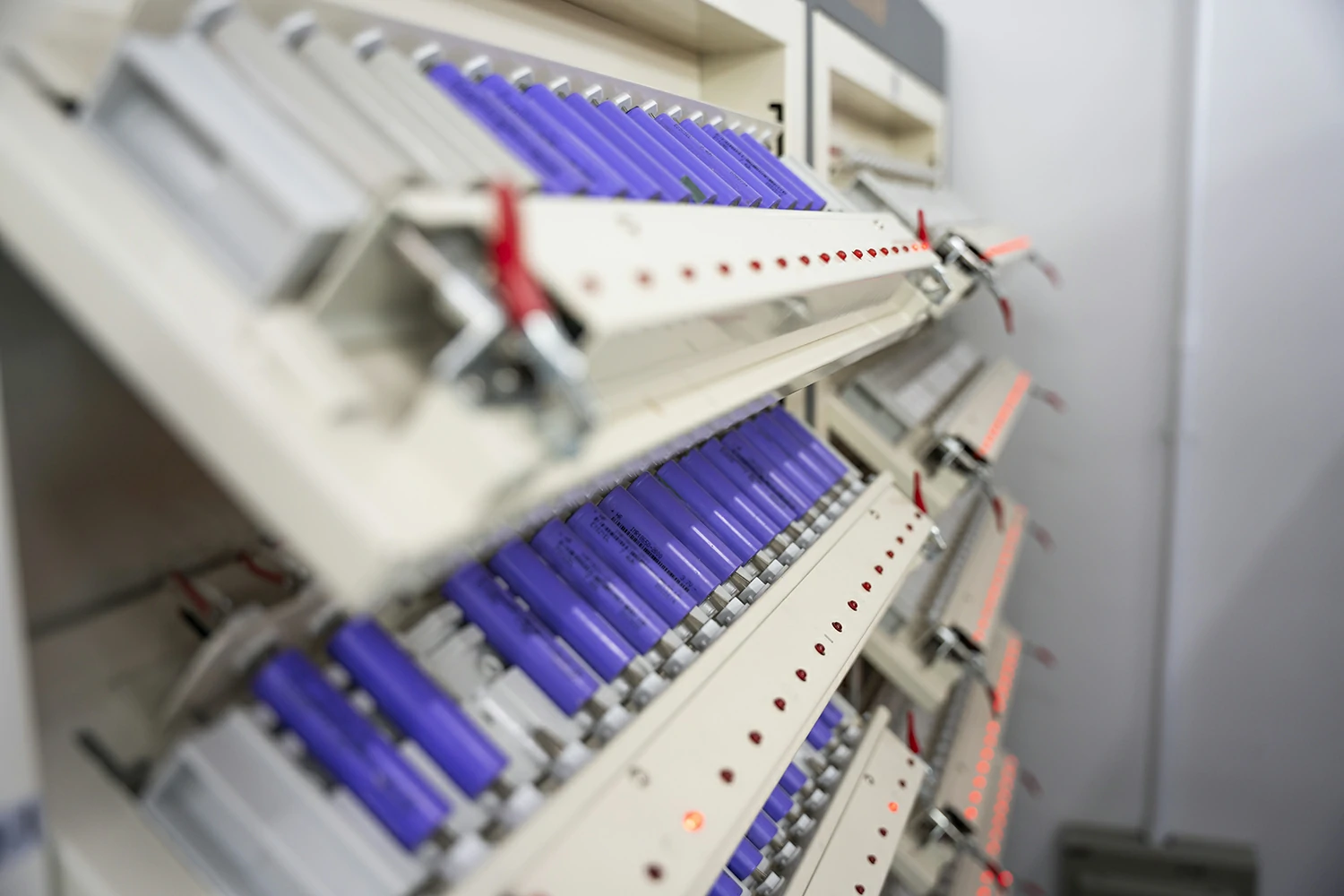The emergence of the electric vehicle industry has driven the development of electric vehicle batteries, and the two complement each other. Electric vehicles need batteries, and batteries can only realize their value in electric vehicles. So which is the strongest electric vehicle battery technology? Many electric vehicle owners are concerned about battery issues, and today, battery technicians from Dynamic Lithium Ion Battery Shell Technology Co., Ltd. will analyze the strengths of various electric vehicle battery technologies with you:
Which electric vehicle battery technology is the strongest?
Lithium-ion Battery
Lithium-ion batteries use light metal lithium, which is environmentally friendly and less polluting than harmful heavy metals like mercury and lead. However, as positive electrode materials and electrolytes contain metals such as nickel and manganese, some lithium-ion batteries are classified as flammable, leaching toxic, corrosive, and reactive hazardous batteries in the United States. They are the most toxic substances containing various types of batteries. Due to the more complex recycling process, the cost is higher, and the current recovery rate is not high. Thus, waste batteries have an impact on the environment.
Hydrogen Fuel Cell
Hydrogen fuel cell power batteries are an efficient and clean energy source that not only emit little water but also produce very clean water, thus eliminating water pollution issues. Unlike engines, fuel cell power batteries do not convert heat energy into mechanical energy but directly convert chemical energy into electrical and heat energy, making the energy conversion efficiency high and noise low. Hydrogen fuel cell power batteries do not require large and complex configurations; battery stacks can be modularly assembled.
Nickel-Hydrogen Rechargeable Battery
Due to the toxicity of cadmium in Ni-Cd batteries, waste battery processing is complicated, and it pollutes the environment. Nickel-hydrogen rechargeable batteries (Ni-MH) made from hydrogen storage alloys are replacing them. In terms of battery power, the power of Ni-MH rechargeable batteries of the same size is about 1.5 to 2 times that of Ni-Cd batteries, without cadmium pollution. Currently, Ni-MH rechargeable batteries are widely used in small portable electronic devices such as mobile communications and laptops. Ni-MH batteries consist of hydrogen ions and nickel ions. The battery capacity is 30% larger than Ni-Cd batteries, lighter, and has a longer service life without environmental pollution.
Supercapacitor
One of the bottlenecks of supercapacitor application is its low energy density, which is only 1/20 of lithium-ion batteries, about 10Wh/kg. Therefore, it cannot serve as a primary power source for electric vehicles but is used as an auxiliary power source for fast start devices and braking energy recovery systems. The charge transfer occurs at the surface of the electrode active material in the supercapacitor’s charging and discharging process, so the capacity degradation is minimal at high temperatures. In contrast, lithium-ion batteries usually experience a 70% capacity degradation at low temperatures.
Aluminum-Air Battery
Aluminum-air battery anode active materials are rich in content, low in price, and environmentally friendly metal aluminum. The anode active substance is oxygen in the air, and the anode capacity is infinite. Therefore, aluminum-air batteries have advantages such as light weight, small size, and long service life. The key challenges for the commercialization of metal air batteries are air electrode polarization and alumina hydroxide deposition. Currently, it is still in the experimental stage, and there is a long way to go for commercial promotion.
From the above analysis, we can see the strengths of various electric vehicle battery technologies. Although the recycling and reuse rate of lithium-ion batteries is not high, it is undeniable that lithium-ion batteries are the most widely used and mature technology in electric vehicles. In addition, researchers have been working on the recycling of lithium-ion batteries.


